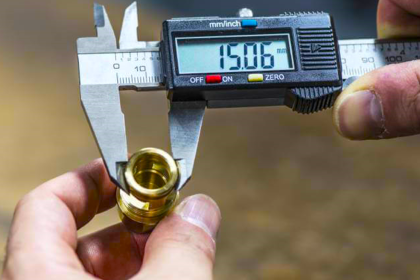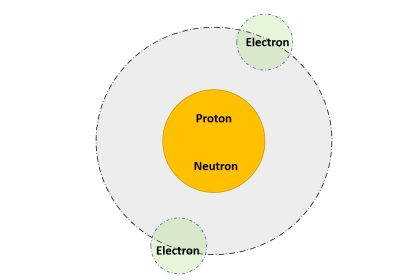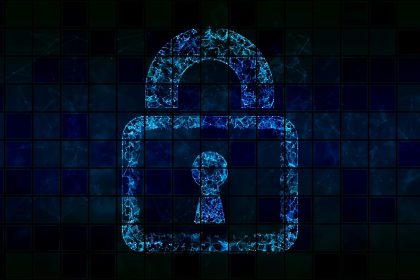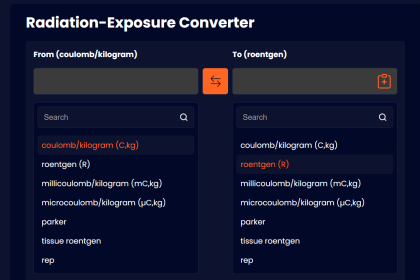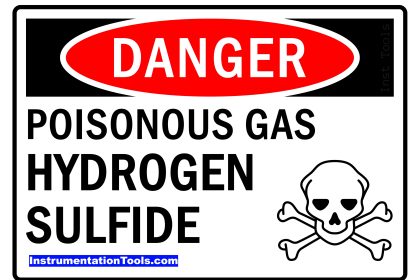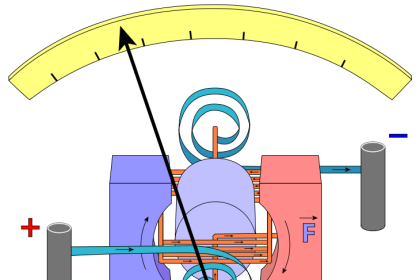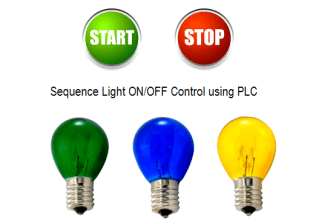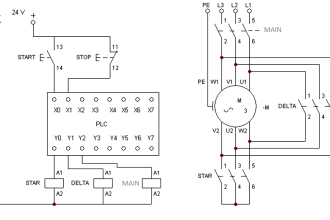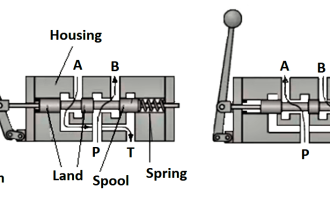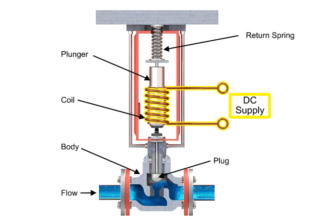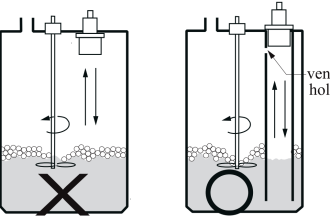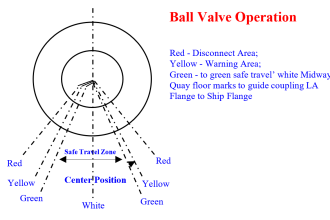In this article, we will understand the types of renewable energy sources which are solar, wind, hydro, biogas, and geothermal.
There are two types of energy resources – non-renewable and .renewable. Non-renewable means that these sources will become extinct from the world after a certain amount of years; because it is limited and not endless.
Renewable energy sources mean that these sources will not become extinct as they are endless and cannot run out of source.
In this post, we will see the types of renewable energy sources. They are the future of energy as they are unlimited and people know as non-renewable will become extinct after some years. So, they have developed means of utilizing this properly and efficiently.
This also ensures that as both the types of energy sources are used in balance, non-renewable sources will survive a few more years and support the renewable types of sources.
Wind Energy
Wind energy is one of the widely used sources in the world. Large wind turbine fans are used in areas where air flows in a rapid and large way; that is enough to move these fans due to it.
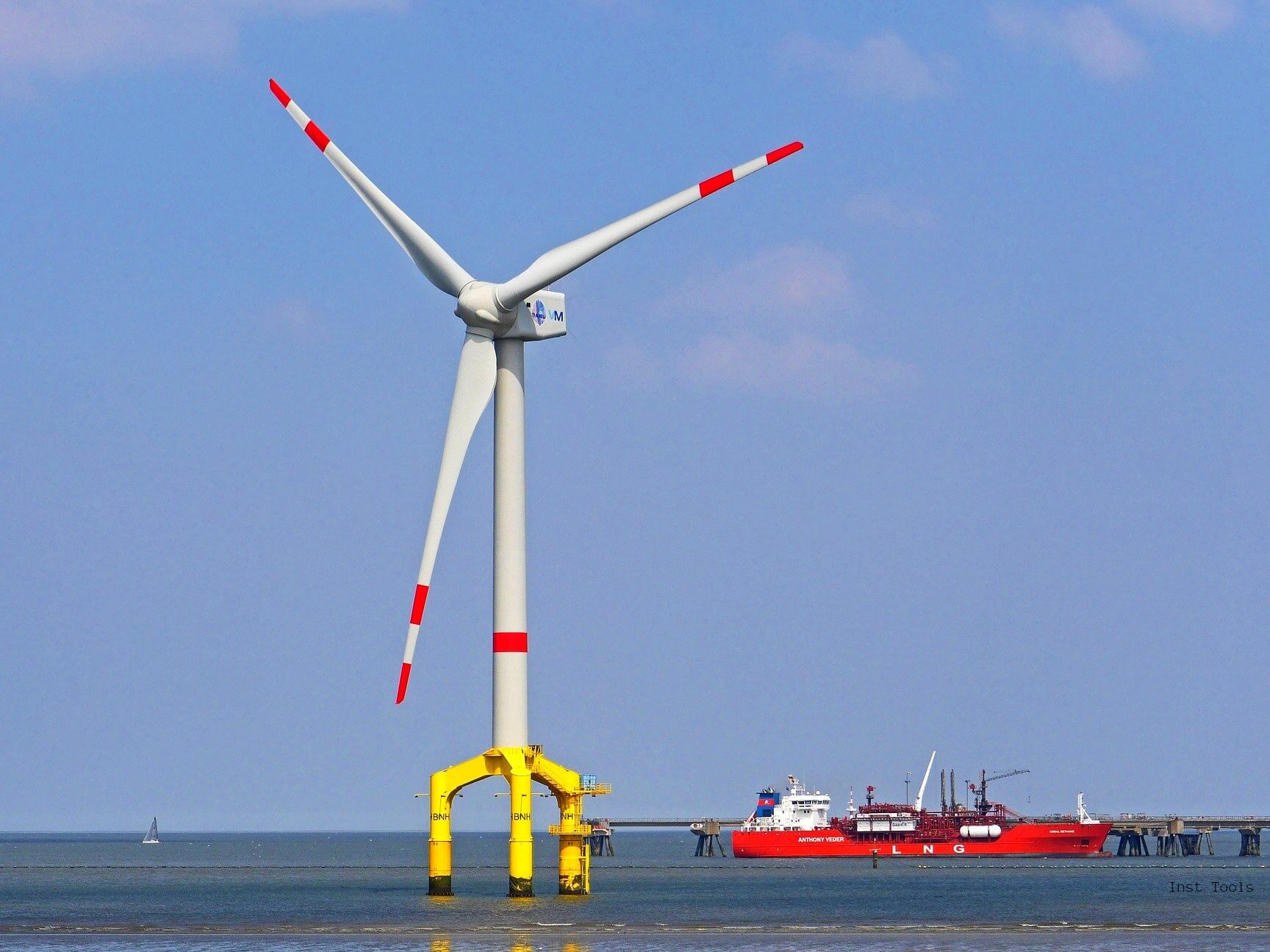
Simply, imagine your fan at the home. It runs on electricity; but if a wind of large force comes, it sometimes moves the flips of the fan through its power and without electricity. It’s not to a large extent, but it just indicates that wind or large powerful air can move the fan.
So, large fans of heights as large as a 10-floor tower are arranged in series in a large plain area or mountainous area. Wind moves the fan flips and as the fan is connected to generators, it generates electricity and is then fed to power distribution units.
Solar Energy
Sun is the largest source of energy in the world. So, solar panels are mounted on building terraces or open areas where sun rays come strongly on them.
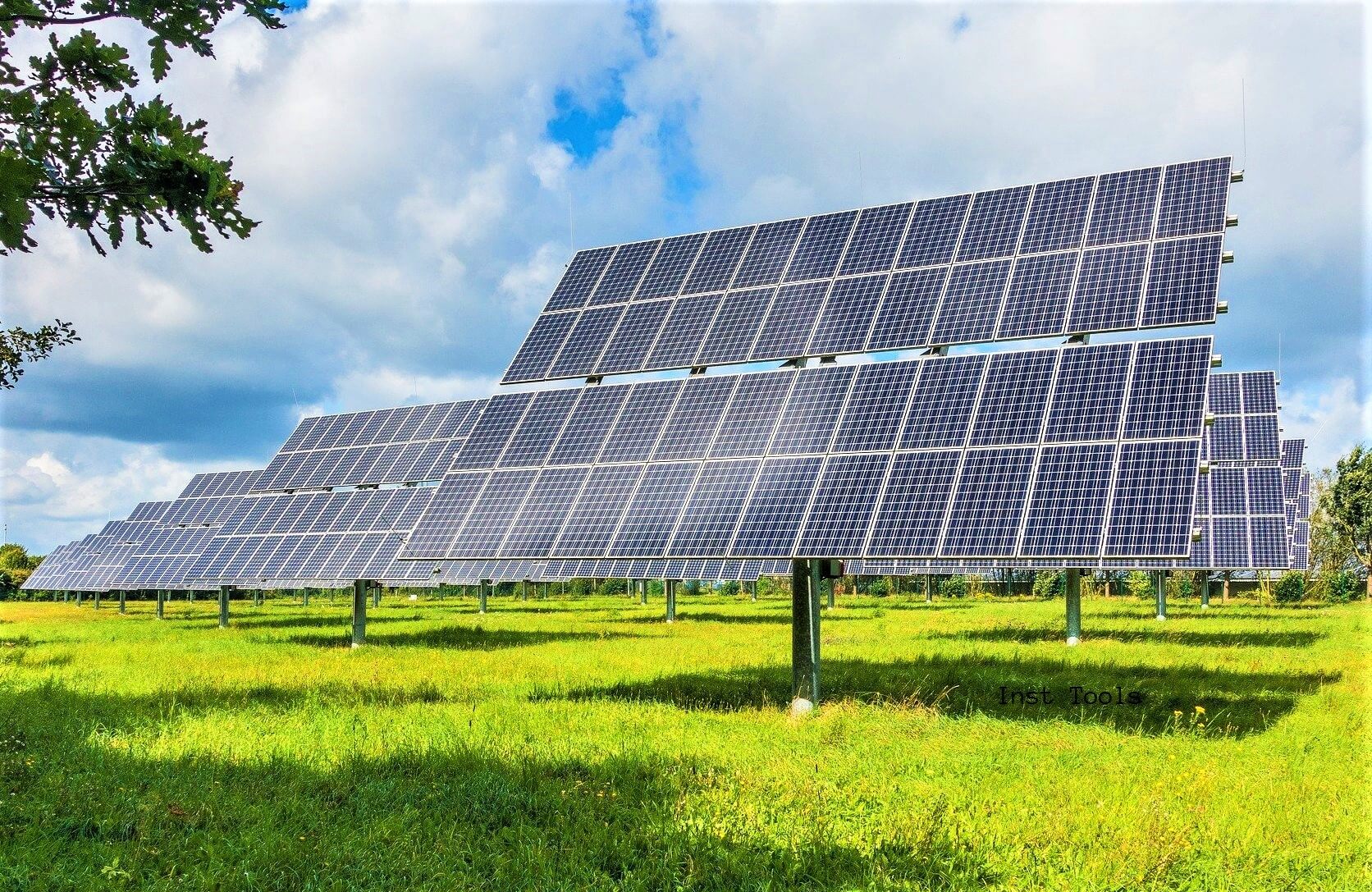
Solar cells are used inside it which gets charged on receiving solar power and the electricity thus generated is used for domestic and industrial purposes.
Solar power is one of the most widely used power sources in most of the countries and is fast replacing other non-renewable energy sources.
Biogas Energy
In this type, biomass is burned to generate electricity. By burning organic materials, power is generated. Biogas is a clean, pollution-free type and produces a good amount of power.
As waste is abundant and never-ending, biomass energy is a good option used nowadays for power generation.
The various agricultural, domestic, and industrial waste can be burned to produce solid, liquid, and gaseous fuels. Power is thus produced at much lower rates and with greater efficiency.
Hydro Energy
Water is abundantly available in this world. Dams are created to control the flow of rivers and lakes. This control allows the proper flow of water to hydroelectric power plants.
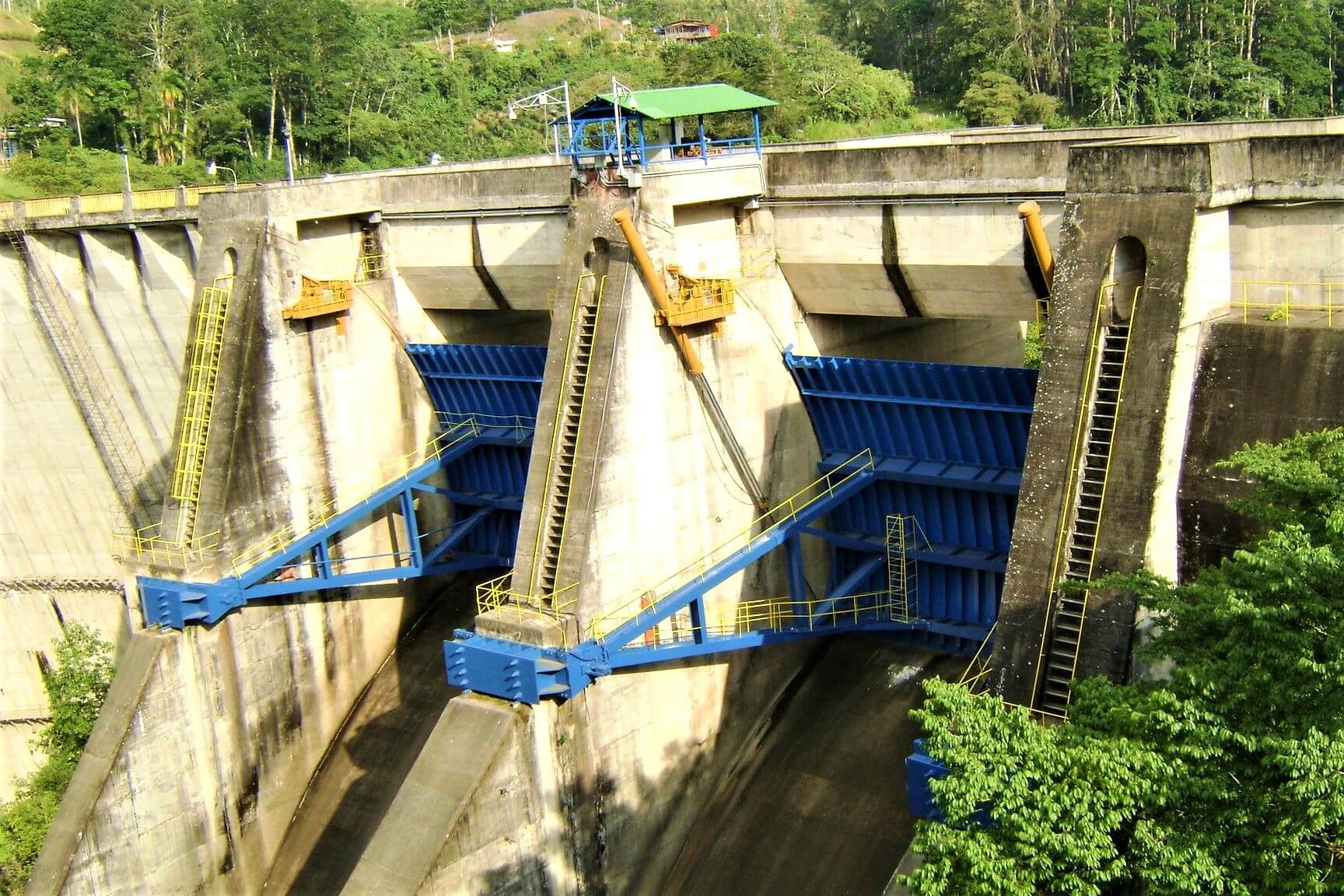
The flow of water moves the turbines in it and thus, generates electricity. If the flow of water is very good and large in quantity, it is enough to produce a large amount of electricity daily.
Geothermal Energy
Heat is trapped below the earth’s crust; which was formed billion years ago. This heat escapes naturally and is captured to produce energy by generating steam. The steam is used to move turbines and generate electricity.
It is used less as compared to other renewable energy sources.
These are some of the most available renewable energy resources. It is of great use in the future as they are the best option available for non-renewable energy sources,
